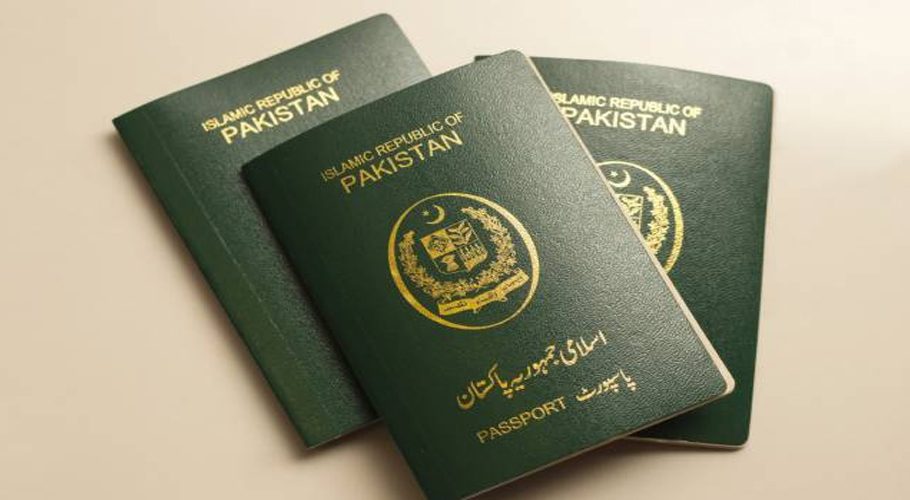Born on August 31, 1960 in Bazouriyeh Hammoud in Lebanon, Hassan Nasrallah is the third Secretary General of Hezbollah and its most recognizable political and religious figure.
He was the eldest of Abdel-Karim Nasrallah’s eight children, a greengrocer in Beirut’s slum quarter of Karantina, where he was raised. Nasrallah received his primary school education as “Al-Kifah” private school, and then went on to middle school at the public Secondary School in the Sin el-Fil area of Beirut. Though his family was not particularly religious, the young Hassanspent his childhood reading the Qur’an and studying Islamic religious texts, and claims to have become fully observant by age 9. Nasrallah was influenced at a young age by the teachings of the activist and pro-Wilayat al-Faqih cleric, Sayyid Hussein Fadlallah. He began attending Fadhlallah’s sermons as a child, even before reaching his tenth birthday, at the Usrat al-Taakhimosque in the Nabaa neighborhood of Burj Hammoud.
Nasrallah finished his high school studies at Tyre public school, and then traveled to the Shiite holy city of Najaf, in Iraq, to complete his higher religious studies. There, he met his future colleague and mentor in Hezbollah, Abbas al-Mousaoui, who was eighteen years his senior. Al-Mousaoui introduced Nasrallah to Ayatollah Mohammad Baqer al-Sadr, the ideological founder of the Islamic Dawa Party. Sadr instructed al-Mousaoui to take Nasrallah under his wing, and he remained his pupil until Saddam Hussein’s regime expelled Lebanese clerical students from Najaf in 1978. That year, Nasrallah returned home.
In 1978, Nasrallah married Fatima Mustafa Yassine, who hails from the south Lebanon village of al-Abbassiyeh. Together, they had five children: Mohammad Hadi (killed by the IDF in 1997), Mohammad Jawad, Zeinab, Mohammad Ali, and Mohammad Mahdi.
In 1980, Nasrallah – along with several other Dawa Party members – rejoined Musa al-Sadr’s Amal Party to counteract the secular direction it had taken under its new leader, Nabih Berri. He became an Amal official in the Beqaa Valley, organizing seminars, cultural meetings, and lectures in husseiniyahs and mosques to raise the local population’s Islamic awareness.
Nasrallah became a devotee of the ideology of Wilayat al-Faqih and a proponent of transformingLebanon into “part of the larger Islamic State ruled by,” the Supreme Leader of Iran. He and Hezbollah continue to hold this position to the present day, though they want to bring it about by gradual and non-violent means.
During the early 1980s, he proved himself an adept guerilla fighter and commander, quickly rising through the party’s ranks. In 1987, he resumed his religious studies, traveling to the Iranian city of Qom. In 1989, he again returned to Lebanon, as a rift was emerging within Hezbollah’s leadership over alliance with Syria, which he opposed. He returned to Tehran to serve as Hezbollah’s representative there.
In 1991, when his mentor Abbas al-Mousaoui was appointed Secretary General, Nasrallah was recalled to Lebanon. Having softened his views on Syria, he was appointed to head Hezbollah’s Executive Council from 1991 until 1992. Nasrallah now sided with al-Mousaoui in advocatingworking from within the reconstituted Lebanese Republic to achieve their unchanged end-goals, unlike the rejectionists led by Subhi al-Tufayli who refused any cooperation with the Lebanese state, even as an interim stage.
Nasrallah was chosen to replace al-Mosaoui as Secretary General of the party upon the latter’s assassination in an Israeli helicopter strike in February 1992. In July of 1993, he was officially elected by Hezbollah’s Shura Council as its new Secretary General, a position he has held ever since. During Hezbollah’s seventh conclave, held between June and August 16, 2004, Nasrallah was additionally appointed as the head of the Jihadi Council. He has presided over Hezbollah’s military, political, and institutional growth, transforming it from a rag-tag terrorist group into a comprehensive movement and one of Lebanon’s strongest political forces.







![[Hussein Malla/AP Photo]](https://mmnews.tv/wp-content/uploads/2023/11/Hassan-Nasrallah.jpg)

























